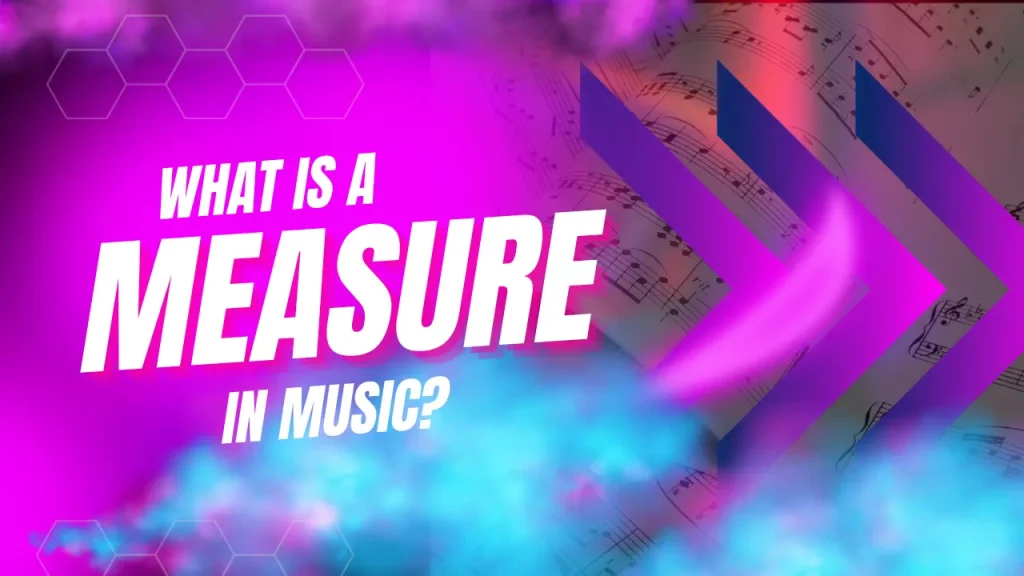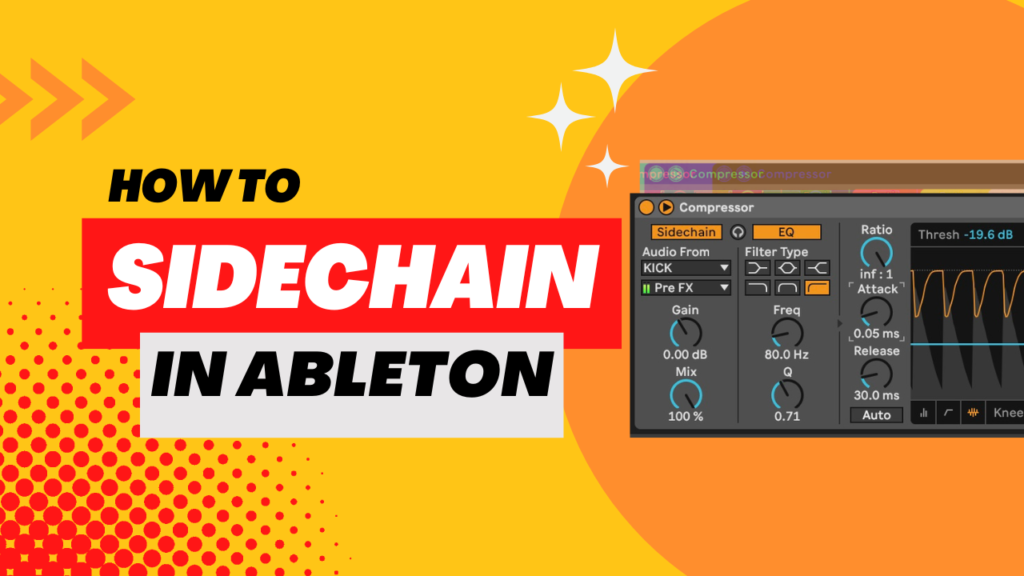In over 10 years producing music, a vast majority of the producers I’ve worked with have no formal music training. One of the awesome things about producing electronic music is that it’s accessible, even if you don’t have much (or any) formal education. It’s common for producers to not play an instrument, or know much about music theory, or how to read sheet music. You can still make electronic music while having burning questions like, “what is a time signature,” or “what is a measure in music?”
Mostly, this is fine. But it can hinder communication when you’re working with others. These seemingly outdated terms are the backbone of a shared vocabulary with other musicians.
Imagine how much faster you and a collaborator could work if instead of humming things out you could say “let’s try it in 3/4 time.” Or, “change the drum at the end of the measure” instead of “change the drum after the wobble.” You’ll fly through sessions with confidence and intention.
In this article, we’ll explain the meaning of a “measure” in music. We’ll explain how to identify a measure on sheet music and in your DAW, why it’s important, and how to count measures. We’ll also clarify other terms that are often used interchangeably with measure.
Let’s go!
Table of Contents
What is a measure in music?
A “measure,” or “bar,” is a unit of time in music. It’s a musical sentence that groups a specific number of beats together, defined in the time signature. The most common time signature is 4/4, which has four beats in each measure with each quarter note getting one beat.
How to Read a Measure in music
Reading a measure is a straightforward process, as long as you know what you’re looking for.
Reading a Measure on Sheet Music
A measure is usually indicated by vertical lines on the sheet music, called bar lines. The first bar line indicates the beginning of the measure, and the second bar line indicates the end.
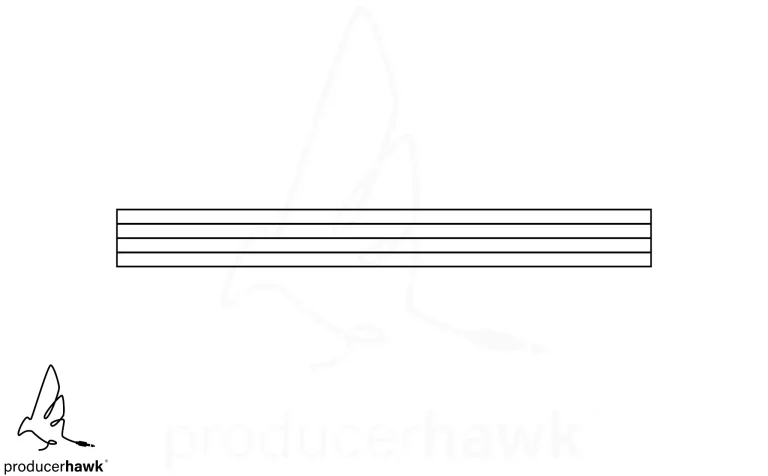
The notes and rests within the measure must add up to the total number of beats in the time signature. For example, in 4/4 time, there must be four beats in each measure, so the notes and rests must add up to four quarter notes.
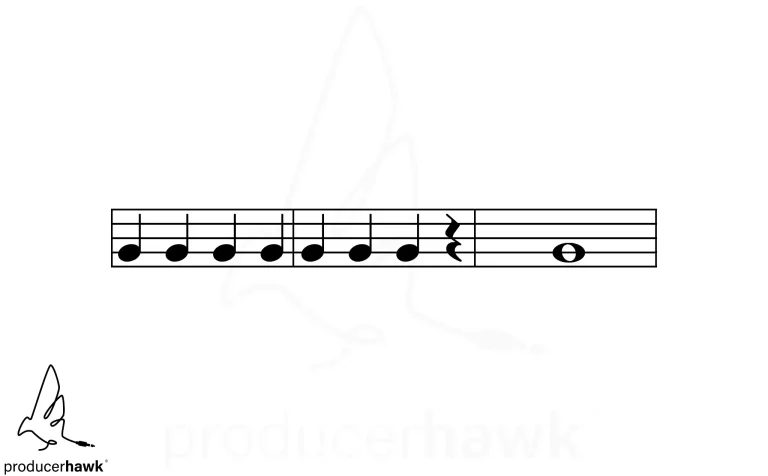
Other Types of Bar Lines
On the staff, bar lines provide boundaries and structure and can also give a musician directions. A double bar line (or double bar) can consist of two single bar lines drawn close together, separating two sections within a piece, or a bar line followed by a thicker bar line, indicating the end of a piece or movement.
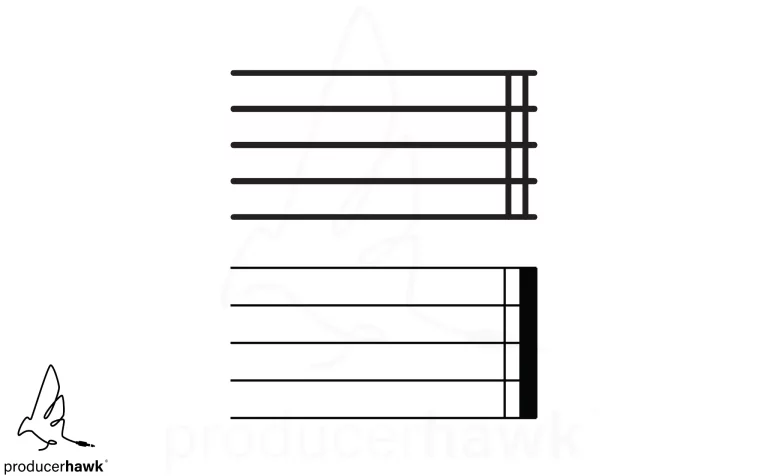
A repeat sign looks like the music end, but it has two dots, one above the other, indicating that the section of music that is before is to be repeated. The beginning of the repeated passage can be marked by a begin-repeat sign; if this is absent the repeat is understood to be from the beginning of the piece or movement. This begin-repeat sign, if appearing at the beginning of a staff, does not act as a bar line because no bar is before it; its only function is to indicate the beginning of the passage to be repeated.
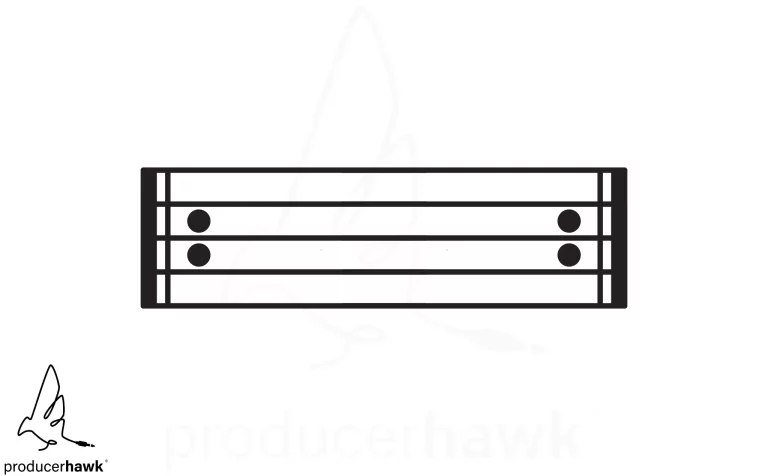
Reading a Measure in Ableton
If all this talk of staffs and sheet music is stressing you out, fear not! Modern DAWs make it exceedingly easy to set up and read measures.
In Ableton you can set the time signature in the upper left. More on time signatures below.

Once the time signature is set, activating the metronome will make Ableton count the beats in the song’s tempo out loud in a click track. More on counting measures below, too.

And finally, the adaptive grid in Ableton’s arrangement view will make beats and measures easy to see with banded colors and solid lines.

What is a Bar in Music?
The terms “measure” and “bar” are used interchangeably to refer to the same concept.
Both terms refer to the same idea of dividing music into sections of equal duration, with each section containing a specific number of beats. The use of the vertical bar lines to indicate the beginning and end of each section likely contributed to the adoption of the term “bar.”
The use of the term “bar” is particularly common in the UK, while “measure” is more commonly used in the US. Bar is also used more frequently in hip hop, specifically when talking about lyrics and rhyme structures.
It’s worth noting that some musicians and music theorists make a distinction between the terms “measure” and “bar,” using “measure” to refer to the unit of time and “bar” to refer specifically to the vertical lines that mark the beginning and end of the measure. However, this distinction is not universal, and the terms are often used interchangeably in practice.
Why are Measures in Music Important?
Measures provide structure and organization to music. They make it easier for musicians to read and play the music accurately and for listeners to follow along.
Measures also help composers and arrangers to create interesting rhythms and melodies by dividing the music into smaller units.
Measures are also important in recording and mixing music. They allow engineers to edit and manipulate individual sections of the music without affecting the rest of the song. For example, if you want to add a delay effect to only the last beat of a measure, you can do so without affecting the rest of the song.
How to Count Measures in Music
Counting measures is essential for musicians to play music accurately and in time. To count measures, you first need to know the time signature. But what’s a time signature?
What is a time signature?
A time signature is a notation used in sheet music to indicate the number of beats in each measure and the type of note that receives one beat. The time signature is typically written as a fraction at the beginning of a piece of music.
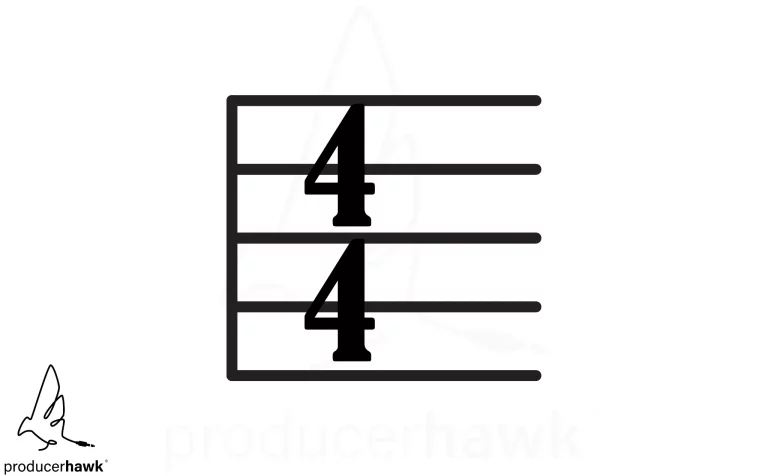
The top number of the time signature represents the number of beats in each measure. The bottom number represents the type of note that receives one beat.
For example, in 4/4 time, there are four beats in each measure and a quarter note (which looks like a solid black oval with a stem) receives one beat.
In a time signature X/Y you know each measure contains X number of 1/Y notes.
Some common time signatures include:
- 4/4 (also known as common time, or four-on-the-floor): four beats in each measure, with a quarter note receiving one beat. This is the most common time signature in popular music.
- 3/4: three beats in each measure, with a quarter note receiving one beat. This time signature is often used for waltzes.
- 6/8: six beats in each measure, with an eighth note (which looks like a solid black oval with a flag) receiving one beat. This time signature is often used for folk music and marches.
There are many other time signatures as well, including some complex ones used in classical music. The time signature helps to establish the rhythm and feel of a piece of music, and can be changed to create different effects or to fit the needs of a particular composition.
| Time Signature | Beats per Measure | Beat Size | Best For | Examples |
|---|---|---|---|---|
| 4/4 | 4 | Quarter notes | Dance Music, Pop, Rock | Every house music track ever. |
| 3/4 | 3 | Quarter notes | Waltzes | Nothing Else Matters by Metallica |
| 6/8 | 6 | Eighth notes | Folk songs | Latch by Disclosure |
The difference between 3/4 and 6/8
At this point, some of you may be thinking back to fractions class in math. You’d be reasonable to assume that 3/4 and 6/8 are the same time signature. After all, both the numerator and denominator have been multiplied by 2.
But, while 3/4 time and 6/8 time share some similarities, they are not exactly the same thing.
Both time signatures have a waltz-like feel, but they differ in the way they are accented and in the subdivision of the beats.
In 3/4 time, there are three beats per measure. The first beat of each measure is typically accented, creating a strong-weak-weak pattern. This time signature is often associated with traditional waltz music.
6/8 time, has six beats per measure. The first beat of each measure is also typically accented, creating a strong-weak-weak-weak-weak-weak pattern.
However, since there are more beats in each measure, 6/8 time has a more complex and syncopated feel compared to 3/4 time.
So while 3/4 time and 6/8 time share some similarities and can sometimes be used interchangeably, they do have distinct characteristics and can create different musical moods and effects.
Counting a Measure in 4/4
Let’s show how to count a measure in 4/4 time, the most common time signature, as an example.
In 4/4 time, you count four beats per measure, and the quarter note gets one beat.
The first beat is usually the strongest beat in the measure and is often emphasized by the melody or rhythm.
To count, you can say the numbers out loud or in your head: “1, 2, 3, 4.” You can also use other syllables to count different note values within the measure. For example, to count eighth notes, you can say “1 and 2 and 3 and 4 and,” where “and” represents the second half of each beat. This helps you keep track of the smaller subdivisions of the measure and play them accurately.
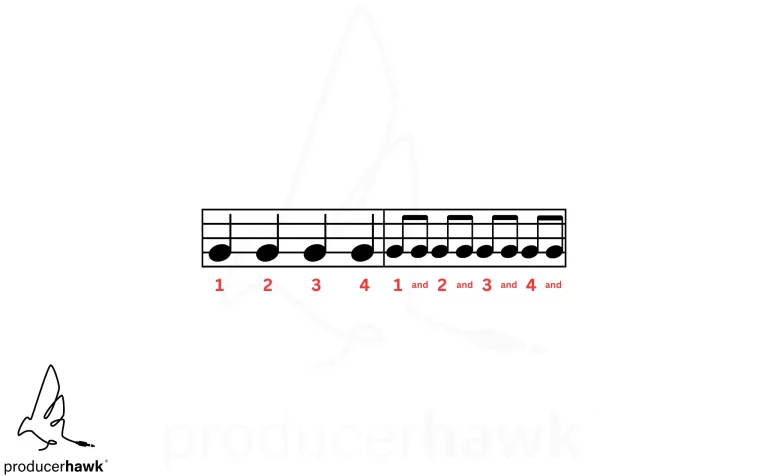
What is a Measure in Music Conclusion
A measure is a unit of time in music containing a given number of beats, defined in the time signature.
Measures provide regular reference points to pinpoint locations within a piece of music. By dividing music into manageable sections, measures make it easier for musicians to read and play music accurately and for composers to create interesting rhythms and melodies.
Each measure is separated by a bar. Within each measure, beats are represented by a particular note value and the boundaries of the bar are indicated by vertical bar lines.
If learning more about traditional music concepts is appealing to you, we recommend you check out Music Theory for Electronic Music Producers. This and others were featured in our list of Best Music Production Books.

